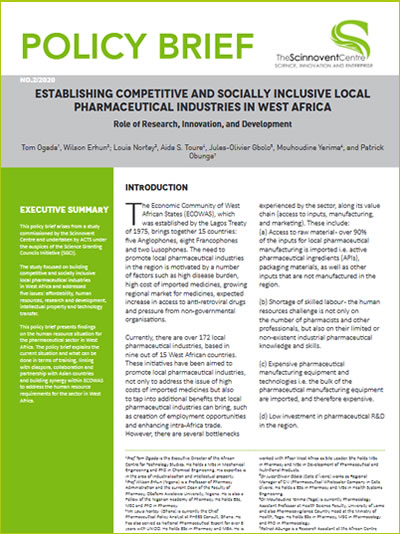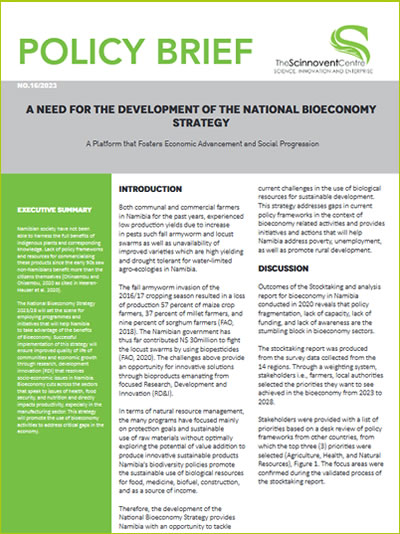Description
It is estimated that 96% of Malawians rely on biomass (firewood and charcoal) for cooking, thereby increasingly driving the depletion of forest cover across the country, especially in communities close to major urban centers. Integrated Household Survey (IHS) figures show that an increasing population has added approximately 4.8 million more people as users of firewood and charcoal for cooking. Electricity access remains at 11%, meaning that the majority of the population is not connected to the grid and relies on charcoal for cooking and heating. This lucrative charcoal and fuelwood market drives deforestation. In addition to an erratic supply, increasing electricity tariffs have meant that more households are turning to biomass as their fuel of choice, as it is perceived to be cheaper and readily available on the market. Despite reports of high adoption rates of alternative cooking fuels, such as biogas, in most sub-Saharan African countries, uptake in Malawi has been stagnant. A study conducted by the Malawi University of Science and Technology in partnership with Green Impact Technologies revealed that Tsangano Market has high potential for biogas generation, where a 150m³ digester could be developed.






Reviews
There are no reviews yet.